There’s nothing quite like riding a motorcycle out on the open highway. But before you can make that dream a reality, you’ll have to get your motorcycle license. And for most people, that process starts with taking—and, of course, passing—a basic motorcycle riding class. Lee Parks, president at the California-based Total Control Training motorcycle school, takes us through the process.
Know The Prerequisites
In all states, you need to meet the minimum age requirement (usually 16) and know how to ride a bicycle; most states also require that you have an automobile license. And some states require you to get a motorcycle permit (which involves passing a written exam) before you can take a class. A good place to start is your state’s motorcycle operator’s manual, which you can pick up at your local DMV.
Find A Class
Go to your state’s DMV website to find out where and when the courses—which can be taught by the state itself or private companies—are held. Forty-seven states currently use the curriculum developed by the nonprofit Motorcycle Safety Foundation, an organization dedicated to rider education and safety training. Typically, this involves five hours of classroom instruction and at least two riding sessions, usually totaling 10 hours. Fees range from free (lucky Pennsylvanians!) to a few hundred dollars. Bonus: Complete an MSF course and you could get up to a 10 percent discount on GEICO motorcycle insurance.
Come Prepared
Usually, the motorcycle safety program will provide materials—either a booklet or online—to study before the course starts, so be sure to read up. As for the riding sessions, Parks says, “the nice thing is that they typically provide the motorcycle, a helmet and often gloves for you.” He advises that you wear sturdy boots that cover your ankles, jeans or other heavy-duty pants, and a long-sleeve T-shirt or jacket.
Pick Up Skills
The classroom sections cover information about how your bike operates, as well as what kind of situations you may encounter on the road. “In any good motorcycle-training program, there should be some type of conversation about the risks of riding, so you can learn how to manage them,” says Parks. The riding part of the course, which takes place on a closed-off lot, typically begins with how to balance a bike and use a clutch, then moves on to skills like evasive maneuvers and how to stop quickly. You’ll also learn important safety tips, including the right way to wear a helmet and other essential gear. (Here’s what to look for in a motorcycle helmet.)
Pass The Tests
 The classroom portion of your course will conclude with a written test of what you’ve learned, while the riding portion includes a test of your on-bike skills. In most states, upon passing both tests you’ll receive a license waiver, which you bring to the DMV to get what’s called a motorcycle endorsement (sometimes the letter “M”) on your driver’s license. However, in some states, you’ll have to pass another written exam at the DMV to be eligible for the motorcycle endorsement. Once you have it, you won’t have to worry if you move elsewhere—other states will honor your motorcycle endorsement when issuing a new license.
The classroom portion of your course will conclude with a written test of what you’ve learned, while the riding portion includes a test of your on-bike skills. In most states, upon passing both tests you’ll receive a license waiver, which you bring to the DMV to get what’s called a motorcycle endorsement (sometimes the letter “M”) on your driver’s license. However, in some states, you’ll have to pass another written exam at the DMV to be eligible for the motorcycle endorsement. Once you have it, you won’t have to worry if you move elsewhere—other states will honor your motorcycle endorsement when issuing a new license.
Go Direct
If you already know how to ride a motorcycle, you can forgo courses and take the written and riding tests at the DMV itself. (You’ll have to provide your own motorcycle and protective gear.) However, Parks advises against this short cut: “Professional training is going to be much more complete than learning from a friend or family member.”
Never Stop Learning
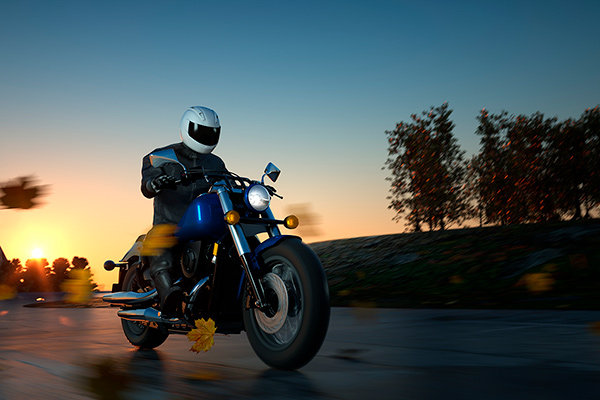 Even after you earn your motorcycle license, it’s a good idea to take a class every year or two. “The class is not a one-and-done situation,” says Parks. “Motorcycle training is a lifelong commitment. You want to keep your skills up, as well as learn new things, especially as motorcycle technology changes.”
Even after you earn your motorcycle license, it’s a good idea to take a class every year or two. “The class is not a one-and-done situation,” says Parks. “Motorcycle training is a lifelong commitment. You want to keep your skills up, as well as learn new things, especially as motorcycle technology changes.”
With GEICO motorcycle insurance, you could be eligible for discounts—including one for completing the Motorcycle Safety Foundation’s course. Get a fast, free quote today.
Read more: Check out the fascinating new developments in motorcycle helmet technology.
By Mark Yarm



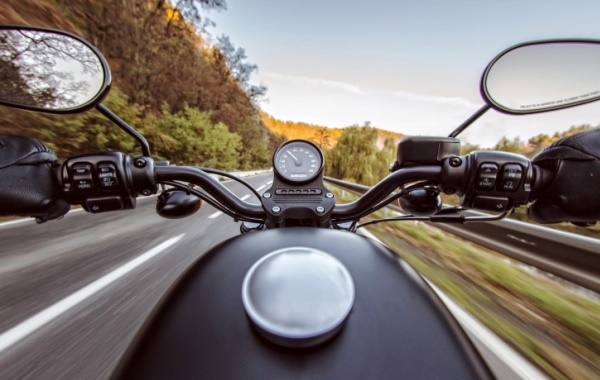

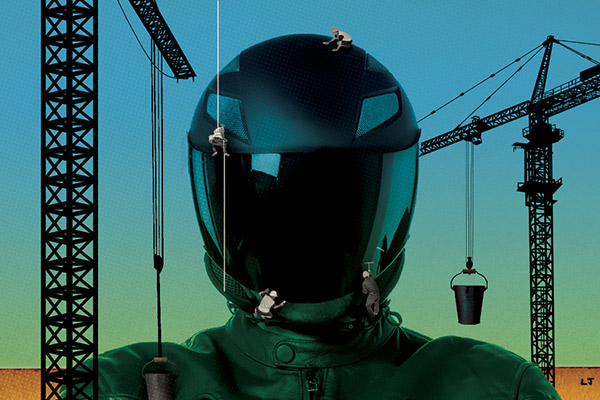
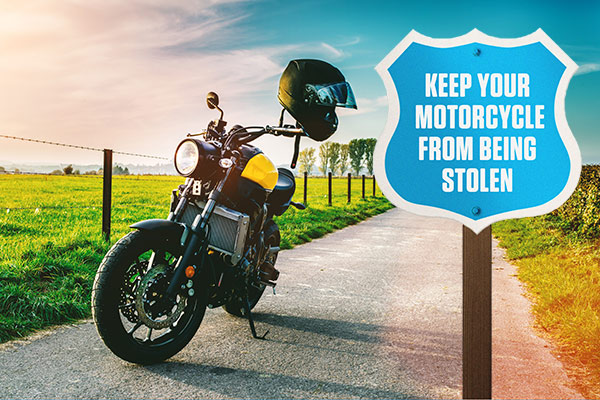
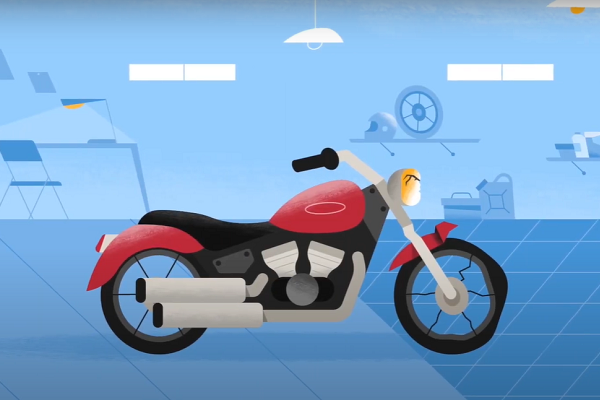
Leave a comment